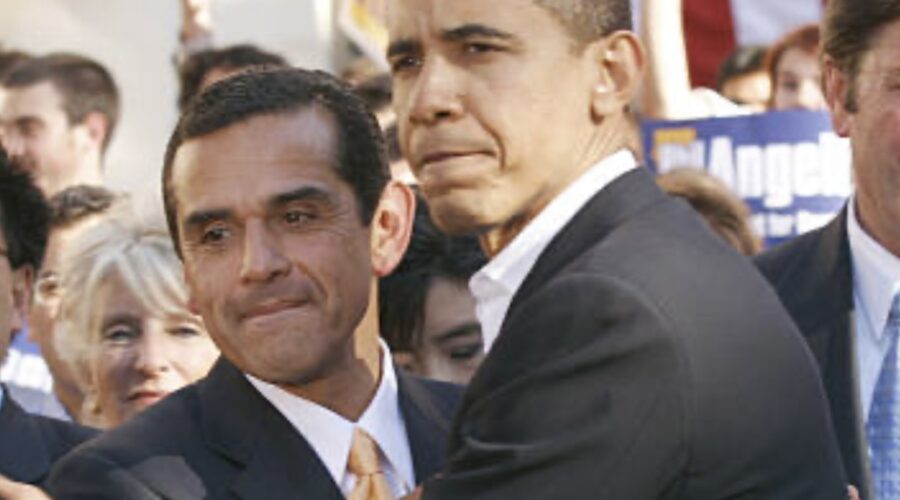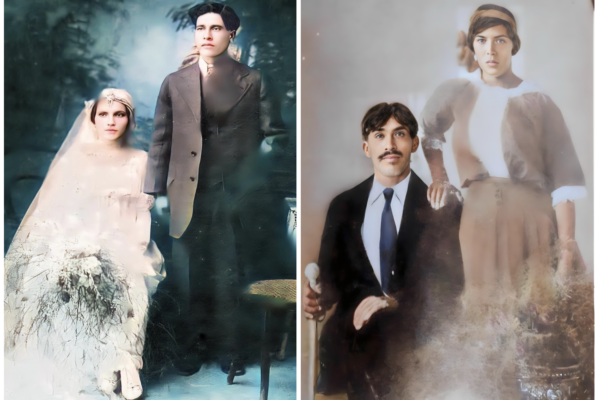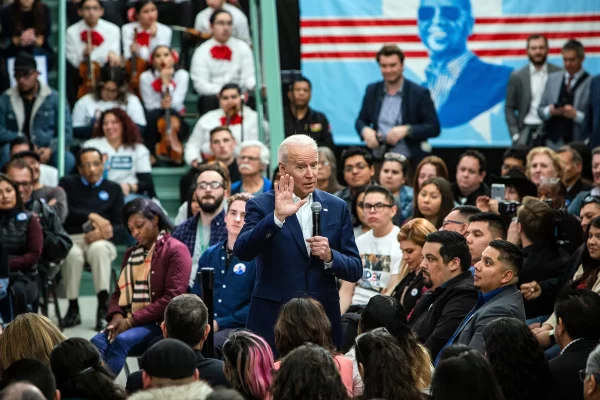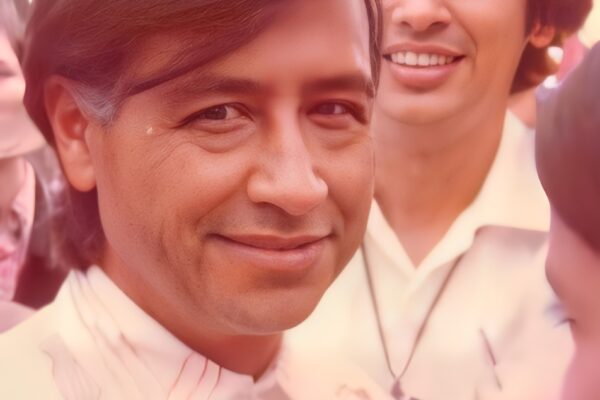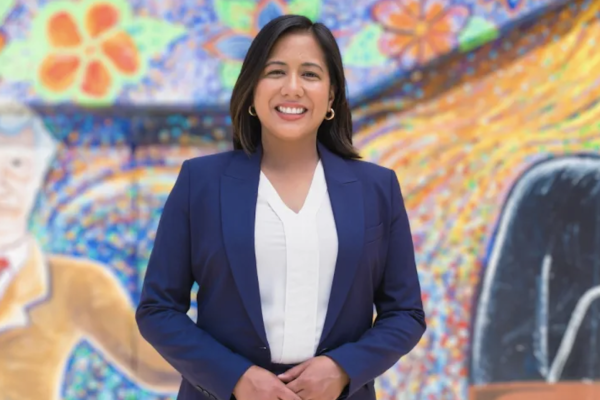The Way It Might Have Been in the 2012 Presidential Election
When GOP challenger Mitt Romney was about to derail Barack Obama’s reelection with running mate Marco Rubio, the president dumped Joe Biden in favor of his own Latino Veep candidate — and made history with an unexpected constitutional crisis.
By TONY CASTRO
“Just as real events are forgotten, some that never were
can be in our memories as if they happened.”
― Gabriel García Márquez
It was a few minutes before noon on Inauguration Day, January 20, 2013, and the United States faced the most critical Constitutional crisis of its history.
The country did not have a legally elected president to inaugurate. It was a situation whose roots some pundits traced back to the Republican National Convention in Tampa and the day that GOP Nominee Mitt Romney, trailing by 22 points in the polls, at the last minute changed his mind on his running mate and selected Florida’s junior senator, Marco Rubio.
“It is an obvious last-ditch ploy by Gov. Romney to try to save his campaign by appealing to Latino voters,” said a confident President Barack Obama. “And it will not work. America’s Latinos cannot be so easily swayed.”

Within hours, the President was proved wrong. An ABC poll the next day showed that Romney had gotten a 14-point bounce from the convention, narrowing the gap between him and Obama to single digits. By the end of the weekend, NBC was reporting that the difference was two points — virtually a dead heat.
By Monday, as the Democratic National Convention was starting in Charlotte, the Gallup Poll showed that Romney had taken an eight-point lead. Shortly after midnight, USA Today’s Presidential Poll Tracker reported Romney up by a dozen points and likely to climb higher.
“In an incredible, almost unbelievable voter shift, our polling has found that it is the Latino vote that has flip-flopped — and that Latinos are the clear reason for Gov. Romney’s resurgence,” Matt Barreto, co-founder of the polling and research firm Latino Decisions, told George Stephanopoulos on ABC’s Good Morning America.
By noon Tuesday, the country’s presidential polling industry was in chaos, with Romney’s lead as high as 28 points in some polls and no one able to explain why there could be so much volatility in the Latino vote.
“The late Octavio Paz used to say that Mexicans — and Mexican Americans and American Latinos, too, from the look of things — always wear a mask and conceal what they are thinking, and it’s obvious they’ve done it here again,” Washington Post syndicated columnist Ruben Navarrette wrote on the English-language Hispanic web site Voxxi.com, called “the Latino Politico.com” by Vanity Fair magazine.
In Charlotte, Obama’s brain trust held a marathon session spit-balling how to stop the Romney campaign’s stunning momentum. Early Wednesday morning, in a hastily called, packed news conference at the Hilton Charlotte Center City Hotel, a bleary-eyed President appeared with Vice President Joe Biden and Los Angeles Mayor Antonio Villaraigosa, the most popular Democratic Latino politician in the country and chairman of the convention.
“I have some sad news to announce this morning,” Obama began. “Due to concerns about his health and his wishes to spend more time with his family, Vice President Biden has informed me that he is withdrawing himself as my running mate in the upcoming campaign. I will elaborate later, but I want to express to the Vice President what an honor it’s been to serve with him and to thank him for his many contributions to his country.
“Fortunately, the Democratic Party is blessed with a wealth of talent, and I wanted to take this time to also introduce you to the man who will be taking Joe’s place on the ticket at my side — none other than the brilliant, illustrious mayor of the great city of Los Angeles, Antonio Villaraigosa!”
Obama was countering Romney with his own Latino, and it would be the start of the wildest, most unpredictable sixty days in American politics as the campaign essentially came down to which Hispanic would be best for the country — the boyish looking Marco Rubio, the son of Cuban immigrants; or the playboyish-behaving Antonio Villaraigosa, the grandson of Mexican immigrants.
By Election Day, analysts were calling it a dead heat — and they were right. An Electoral College deadlock is something that has never happened in the country’s history, but this was the year for firsts. Obama carried most of the states he won in 2008, including Colorado and Virginia. Romney held the states that John McCain had won and then also recaptured Indiana and North Carolina. Finally the Republican ticket carried five swing states: Florida, Ohio, New Hampshire, Iowa, and Nevada.
Obama and Romney each finished with 269 electoral votes — one shy of the 270 needed to win.
Under the Constitution, a deadlock in the Electoral College sends the election of the president to the House of Representatives — which, with Republicans in control, would normally have meant that Romney would be elected.
But with bitter memories of how they had lost the 2000 presidential race, the Democrats and their lawyers filed a series of complex lawsuits claiming that the current Congress was no longer constitutionally qualified to vote on the president — and they had a strong argument. In the fall’s Congressional elections, Republicans had lost control of the House.
In fact, in the new Congress neither party had a clear majority. There were 216 Republicans and the same number of Democrats. Three Congressional races had been so close and ultimately in dispute, winding up in the courts as well.
On January 19, the U.S. Supreme Court shocked everyone by ruling on the side of the Democrats. The new 113th Congress would decide the next president after it was legally sworn in January 20, assuming they could break the looming 216-216 tie.
By law a new president has to be sworn into office before noon on January 20. By law, too, if the House of Representatives is unable to elect a president, the responsibility falls on the Senate to elect a vice-president from the two running mates.
Panicked by what that meant — the Democrats had held an edge in the Senate before and after the election — lawyers for the Republicans rushed to federal court seeking an injunction against the Senate voting on the vice president. In an emergency session, the Supreme Court again ruled against the Republicans.
At 11:48 a.m. on January 20, the Senate voted on the vice-president and elected Antonio Villaraigosa by two votes, 51-49.
“This will only be temporary,” Villaraigosa said to Obama in the Capitol Rotunda as they walked briskly out to the Capitol’s West Front, the traditional site for the Presidential Oath of Office.
At 12:01 p.m., on a snowy winter day in Washington, Antonio Villaraigosa, with his new bride, former Miss USA Lu Parker at his side, was sworn in as the 45th president of the United States.
By arrangement, Villaraigosa was allowed to give a brief inaugural address, telling the world that, “I am living proof of the American Dream.”
“Kindly allow my brief moment as President to be one of urging everyone to call on the better angels of our nature,” he said. “To paraphrase John F. Kennedy, ask not what your fellow man can do for you; ask what you can do for your fellow man.”
Half an hour later, the House of Representatives took its first vote in electing a president. As anticipated, the vote was 216-216. Half a dozen votes in the next hour failed to change the outcome.
At 4:06 p.m., eastern standard time, CNN reported that al-Qaeda insurgents had stormed the U.S. Embassy in Islamabad, killing 17 people and taking 179 others hostage.
At the same time, CBS was reporting that apparent terrorists in Boston had tried unsuccessfully to take control of two flights to New York in what seemed to be an attempted repeat of the 9/11 tragedy.
The House immediately suspended voting on a new president as the newly sworn in President Villaraigosa and other important officials were quickly secluded.
“We will get back to the voting when we can,” said Rep. Nancy Pelosi, D-Ca, the Democratic leader as she hurried to fortified safety. “We have an emergency on our hands, and we have a President.”
Photo
Antonio & Barack.jpg
caption
Imagine it is the summer of 2012. Polls show Barack Obama’s re-election in trouble as the president badly trails Mitt Romney whose growing lead and momentum — since naming dashing Florida Senator Marco Rubio as his running mate — show no sign of stopping. So what’s a smart and ambitious politician to do? Midway through the Democratic National Convention, Antonio as a replacement.
Antonio Villaraigosa.
—
Photo
Antonio Swearing In.jpg
caption
Imagine it is January 20, 2013. With Obama and Romney each having finished the election with 269 electoral votes — one shy of the 270 needed to win, a deadlock in the Electoral College sends the election of the president to the House of Representatives. But there, the House is split at 216 apiece. By law a new president has to be sworn into office before noon on January 20. So at 11:48 a.m. on January 20, the the responsibility falls on the Senate which voted elects Antonio Villaraigosa by two votes, 51-49. To be sworn in at 12:01 p.m., as the 45th president of the United States. It is only temporary. Then al-Qaeda insurgents make a surprise attack on the U.S.

